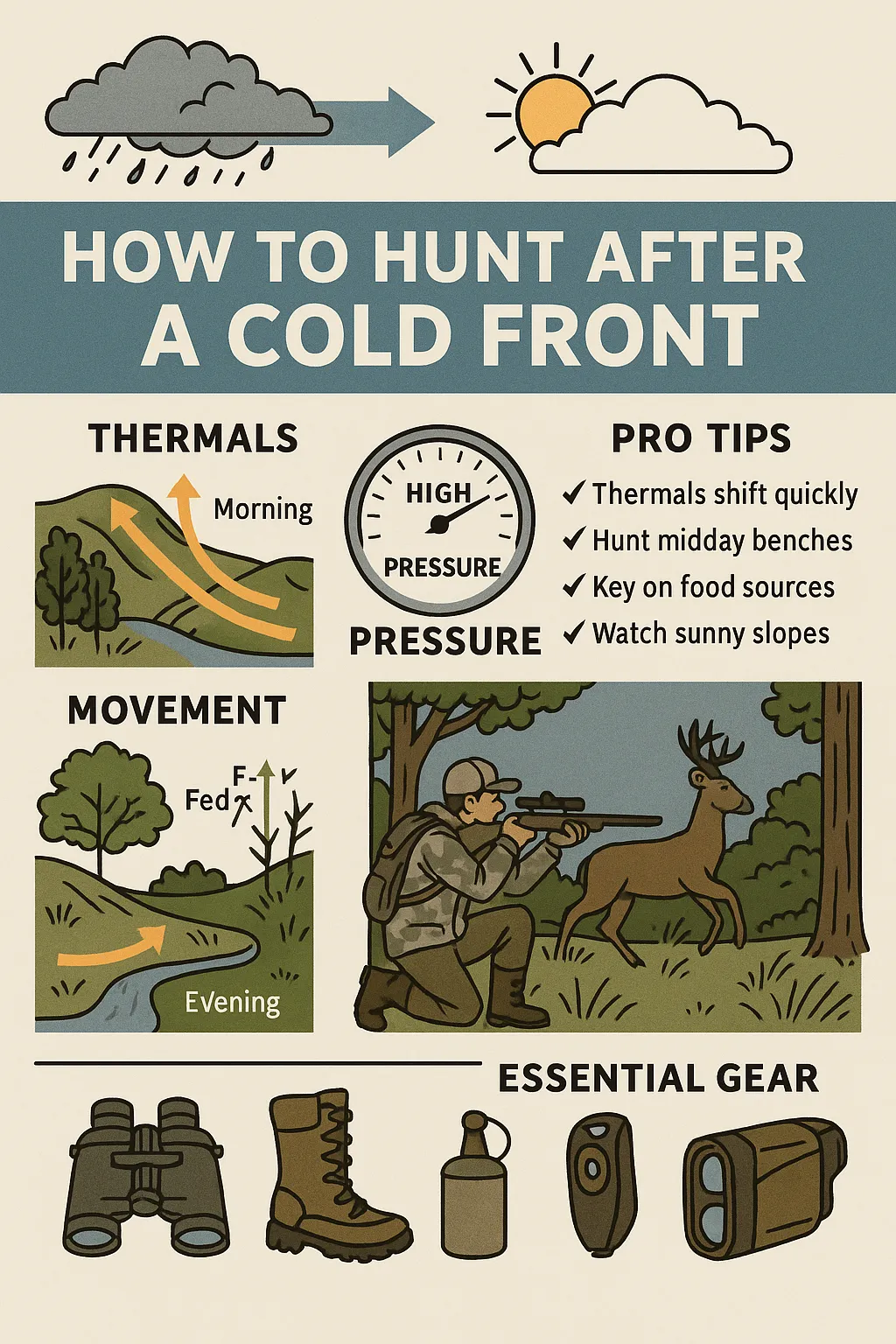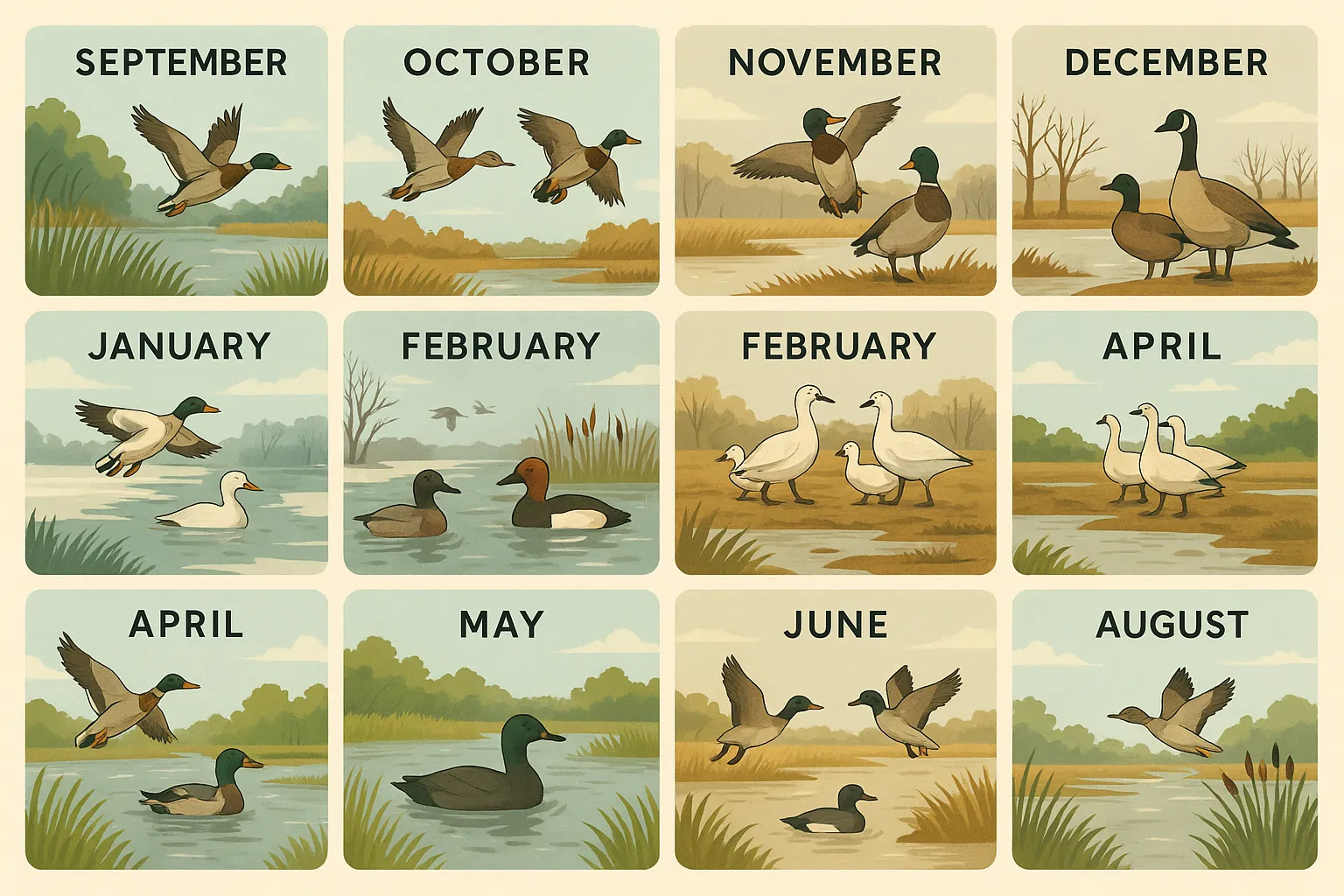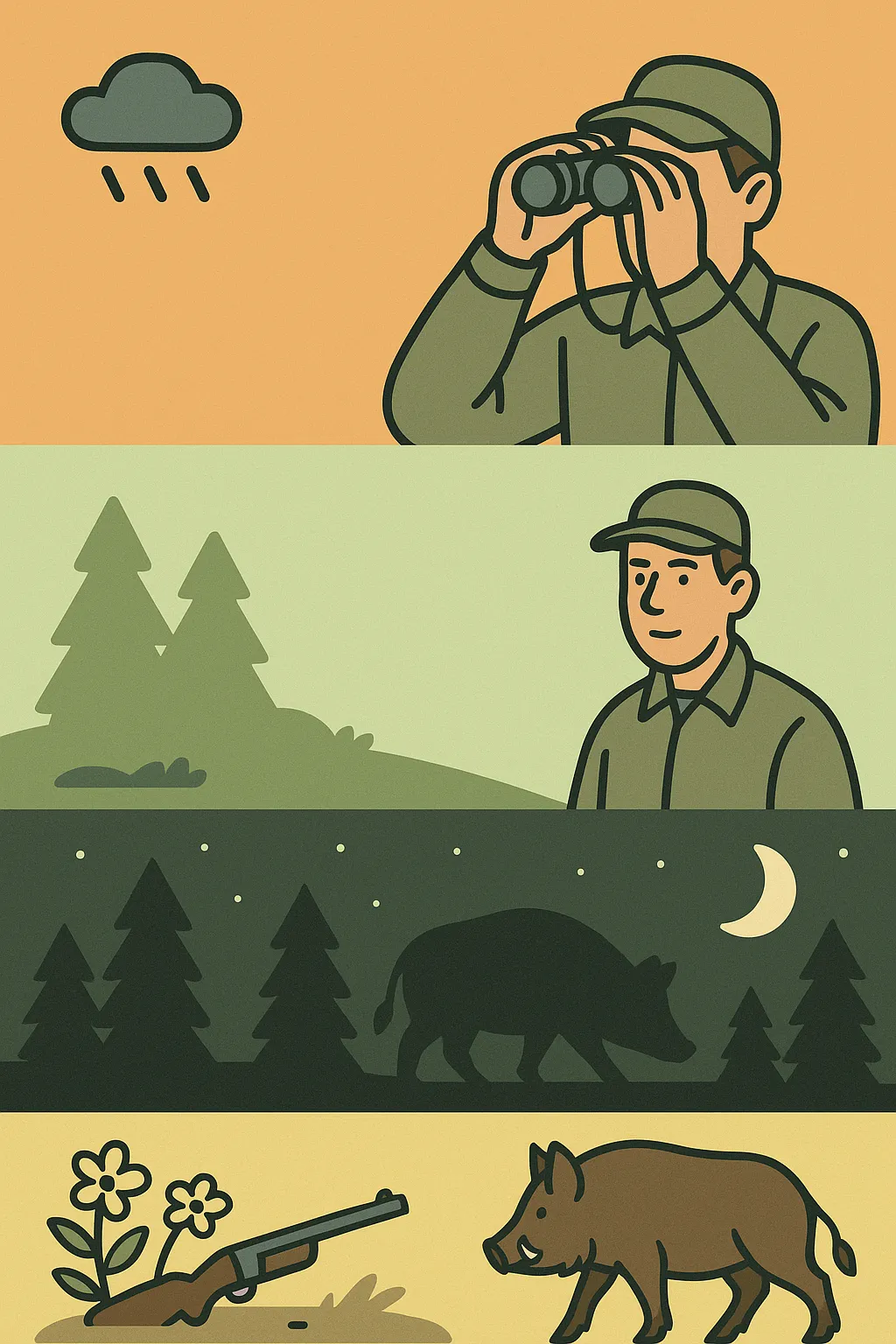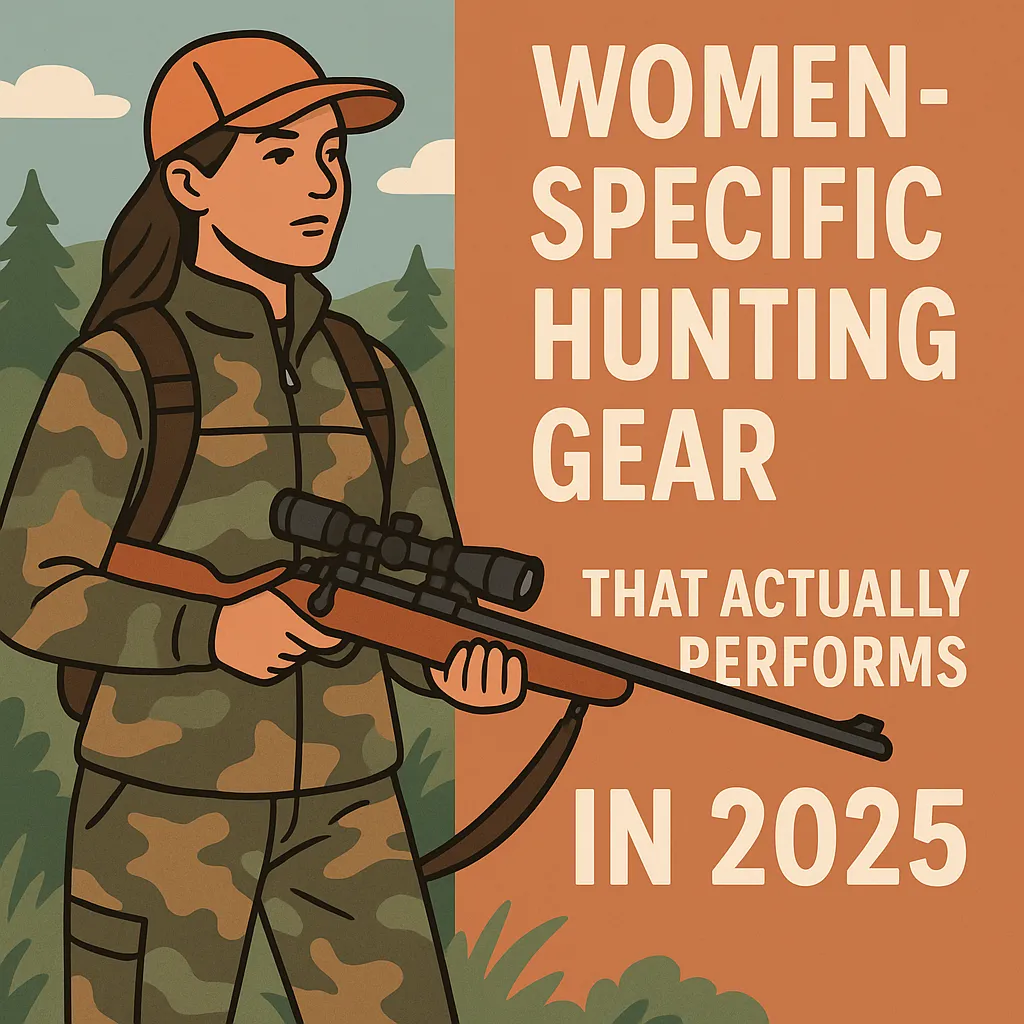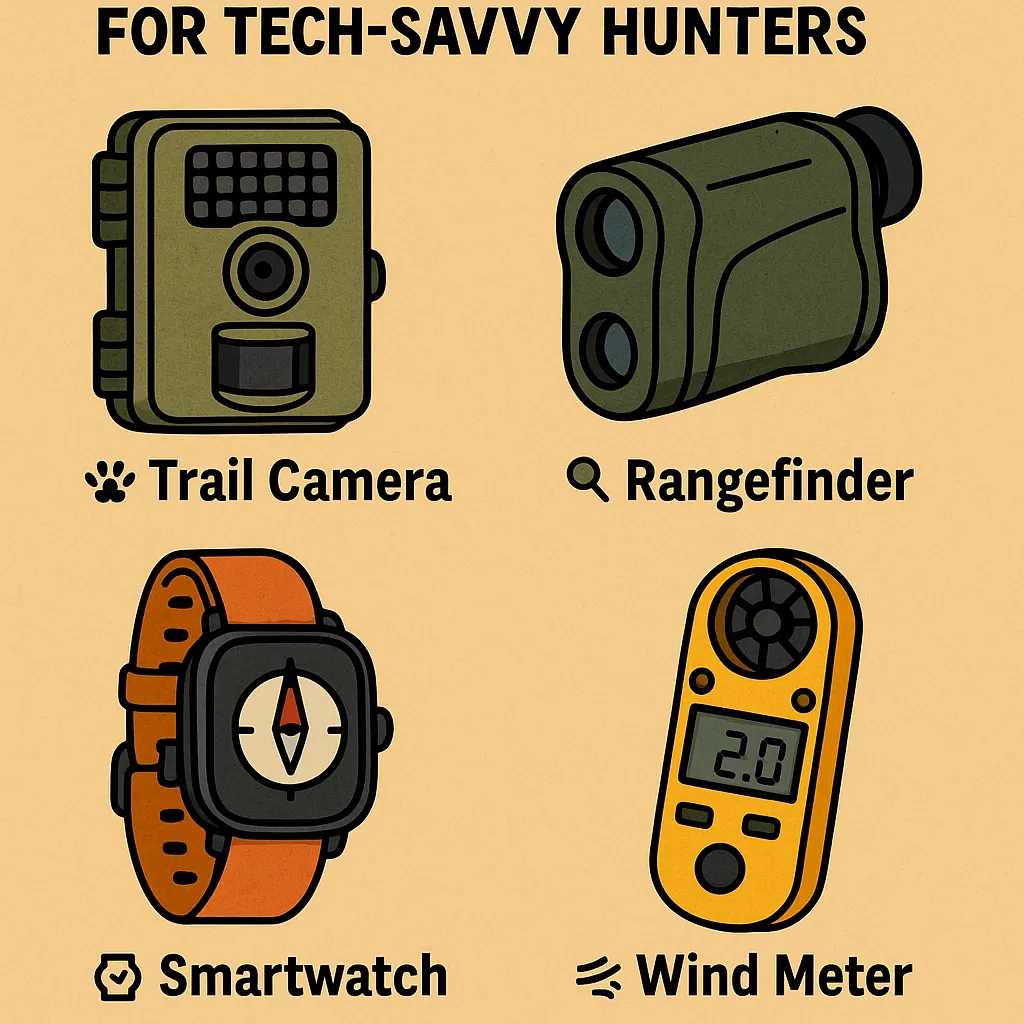How to Use Wind & Scent-Tracking Devices Effectively in 2025
For every serious hunter, playing the wind isn’t a tactic—it’s the foundation. In 2025, hunters are going beyond milkweed and into a world of handheld wind meters, scent-dispersion simulators, and Bluetooth-enabled puffers to gain a stealth edge. Here’s how skilled outdoorsmen are using wind and scent-tracking devices to plan setups, stalk more quietly, and stay invisible in the wild.
🧭 Step 1: Understand Wind Patterns and Thermals
🌄 Basic Wind Concepts
- Prevailing Wind: Dominant wind direction for the area—check local forecasts
- Thermals: Warm air rises in the morning, cool air sinks in the evening
- Swirl Zones: Hill saddles, creek beds, and canyons can make wind unpredictable
🎙️ “I hunt the leeward side of ridges during morning thermals. You can predict the drawdown like clockwork.”
— Ryan C., West Virginia
🌡️ Step 2: Choose the Right Wind & Scent Tools
🥇 Top Wind-Tracking Devices:
- Kestrel 2500/3500 Series: Pro-grade wind speed & direction meters
- Tactacam Spotter LR + Wind Mapping: Visual overlay of scent dispersal
- Dead Down Wind Wind Detector: Lightweight, powder-style tool
- Ozonics HR500: Uses ozone to neutralize downwind scent trail
🥇 Bluetooth Puffers & Scent Simulators:
- WindScout Smart Puffer: Puffs vapor to show wind changes, connects to your phone
- Puffit Stealth Tool: No smell, visible fog in low light
🎙️ “I use the WindScout to map morning drift before I even climb the stand.”
— Alina M., Michigan
🧠 Setup Planning:
- Mark wind direction on topo maps
- Set stands with 2-3 wind options or exits
- Hunt crosswinds rather than tailwinds for better control
🎯 In the Field:
- Check wind every 30–60 mins, especially during temp shifts
- Use scent spray, but pair with wind-based positioning first
- Drop puffer trails when stalking into known bedding zones
🎙️ “Don’t trust just the app. Every valley has its own rules—check it live.”
— Jared D., Pennsylvania
📊 2025 Wind & Scent Tool Comparison
| Device/Tool | Best Use Case | Key Feature |
|---|---|---|
| Kestrel 3500 | Long-range setups | Wind speed + barometric pressure |
| WindScout Smart Puffer | Bowhunting stalks | Bluetooth vapor trail overlay |
| Tactacam Spotter LR | Rifle hunters, distance glass | Visual wind mapping |
| Ozonics HR500 | Stand hunting | Active scent neutralizer |
| Dead Down Wind | General use | Lightweight, refillable |
🧠 Pro Tips From the Field
- Check wind at ground and stand height—they can differ
- Use puffer trails to ID swirls and backdrafts in saddle terrain
- Don’t move if the wind flips—wait it out or change position
- Combine wind tools with scent-blocking base layers and ozone where legal
🎙️ “I map every kill to wind history—it always plays a role.”
— Marcus J., Illinois
📣 Sources & Gear Wisdom
- Forums: SaddleHunter, BowSite, WindTalk Pro Group
- Retailers: GoHunt, Scheels, Amazon HuntTech
- Review Videos: Deer Society, DIY Sportsman, Ozonics Lab Tests
Pro Tip: Wind and scent don’t lie. If you’re busted, your scent plan was busted first.
🌟 Final Breath: Be the Wind, Beat the Nose
Hunting success comes down to inches—and air. Your quarry survives by smell, not sight, and the best hunters in 2025 use technology to defeat the oldest defense in the woods. From your boots to your stand, let the wind guide your game plan.
“If you’re hunting the animal’s eyes, you’re already seen. Hunt the wind, and you’re invisible.”
Leave A Comment
Related Posts
Women-Specific Hunting Gear That Actually Performs in 2025 Forget the […]
Must-Have Gadgets Under $100 for Tech-Savvy Hunters You don’t need […]
Eco-Friendly & Sustainable Hunting Gear Options in 2025 The modern […]

